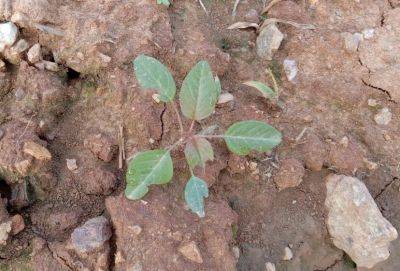This is a pigweed seedling that came up in a field that was disked recently. Pigweed, also known as Palmer amaranth (Amaranthus palmeri), is one of the most aggressive weeds that farmers battle.
What Is It? Wednesday – Large Leaf Spot
24.07.2023 - 11:55 / hgic.clemson.edu
This leaf is showing symptoms of a fungal disease called large leaf spot (Monochaetia sp.) that affects oaks and chestnuts. The appropriately named spots may reach 2 inches wide and stretch across the entire leaf, killing large amounts of tissue.
This disease is uncommon in South Carolina but has been documented to slow tree growth and reduce the size of annual growth rings. For more information, see this publication.
.
What Is It? Wednesday – Leafminers on Muscadine Fruit
These muscadines have been fed on by the larvae of a leafminer (a species of fly (Diptera)). Adults lay their eggs on the surface of a fruit, stem, or leaf of a plant, and the larvae tunnel in the tissue of the plant, forming a distinct-looking pattern where they have fed.
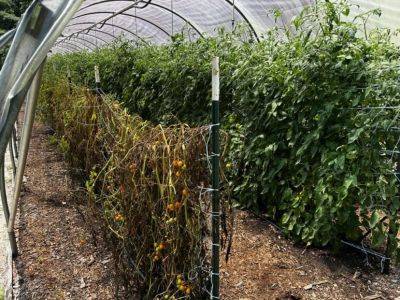
What Is It? Wednesday – Bacterial Wilt
The row on the left has succumbed to bacterial wilt. In the row on the right are grafted plants that had bacterial wilt resistance.
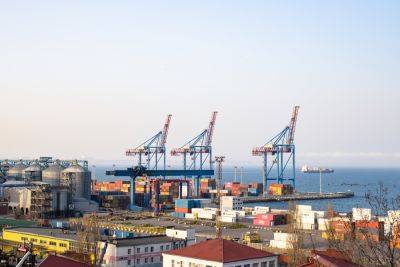
Why Russia Pulled Out of its Grain Deal with Ukraine, and What That Means for the Global Food System
The Russia-Ukraine grain deal that has been critical to keeping global food prices stable and preventing famine is currently in tatters. On July 17, 2023, Russia said it was pulling out of the year-old deal, which allowed shipments of grains and other foodstuffs to travel past the Russian naval blockade in the Black Sea. And to make matters worse, over the next two days Russia bombed the Ukrainian grain port of Odesa, destroying over 60,000 tons of grain.
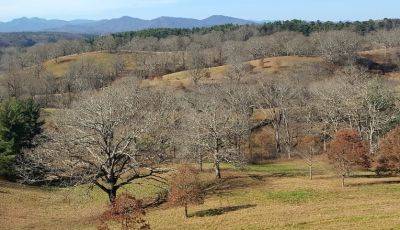
Winter Leaf Marcescence
Have you noticed the persistent brown leaves still hanging on some deciduous trees long after their foliar companions have fallen? This usually becomes very apparent after normal leaf drop in early winter. These brown leaves may remain attached until spring bud growth pushes them free.
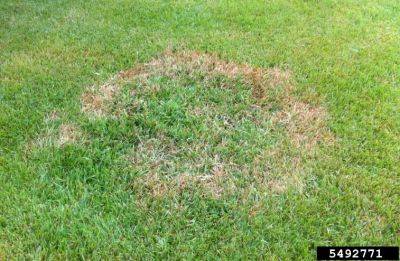
Large Patch Disease Control in Warm Season Lawns
Large patch disease is probably the most common and damaging disease of warm season turfgrass in South Carolina. The most susceptible turfgrass to large patch is centipedegrass, followed by St. Augustinegrass and zoysiagrass. Bermudagrass lawns are not as severely affected because with proper care, this turfgrass can outgrow the disease problem. The pathogen causing large patch (Rhizoctonia spp.) is more active in the soil during the fall after temperatures have dropped from the summer‘s heat and again in the spring as turfgrasses green up.
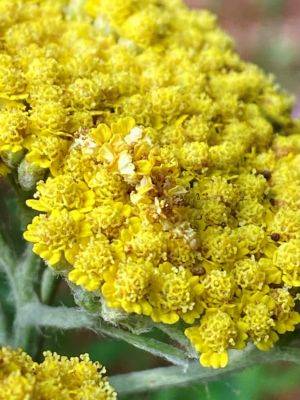
What is it? Wednesday
The ability to camouflage oneself and the level of that camouflage is often a matter of life and death for an insect. Adults and larvae employ static strategies such as adapting their shape, pigmentation, and color patterns to disguise themselves. Some insects can modify themselves in response to the environment. Still, others, larvae, in particular, adorn themselves with leaf and flower parts, frass, lichens, dead insects, soil particles, small rocks, and other organic material to disguise themselves or create protective covers in a display known as decorative crypsis.
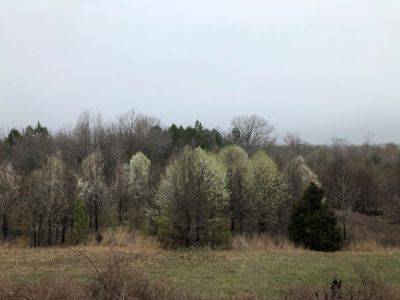
Bradford Pear and Elaeagnus to be Banned from Sale in South Carolina: What Do I Need To Know?
The recent news that all Pyrus calleryana cultivars – the most common of which is the Bradford pear – and several Elaeagnus species have been added to the “do not sell” list in South Carolina has generated a lot of buzz and a lot of questions from homeowners. We’ll try to answer some of those questions in this blog post.
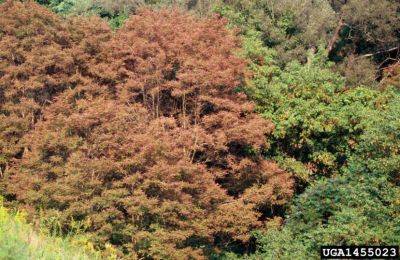
Locust Leafminer
If you’re driving along the highway in July or August, you may notice clumps of trees with brown leaves that look dried, dead, or scorched. This is likely the handiwork of the locust leafminer, Odontota dorsalis, a small beetle that feeds on black locust, a common roadside tree in South Carolina.
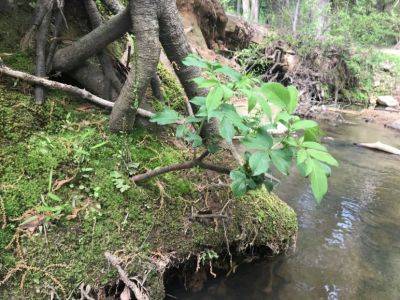
What’s a Livestake?
If you’re looking for an inexpensive and easy way to re-establish vegetation along a waterway, livestakes are for you! Livestake installation is a method of propagation that uses cuttings from a select few species of plants that love to grow along rivers, wetlands, and streams. They merely look like 2-foot sticks to the untrained eye, but livestakes are full of life and ready to start growing when the weather turns warmer.
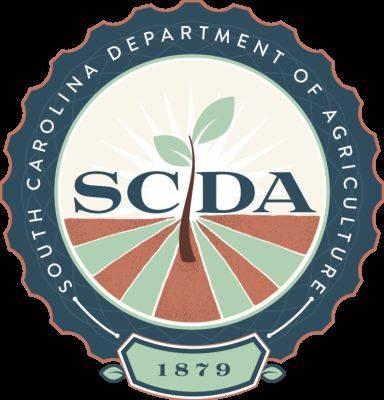
What’s Happening with Hemp
A thriving hemp industry is emerging in South Carolina despite some growing pains. When the South Carolina Department of Agriculture (SCDA) received approval for the state hemp plan under the USDA early in 2020, over 350 farmers in the state obtained licenses, and 220 farmers obtained licenses in 2021 to grow hemp for its valuable flowers. The decline in applications for licenses to grow hemp between the two years was due to nationwide overproduction of floral hemp in 2020, which prevented some farmers from selling their product. As the industry matures, these supply and demand issues are working themselves out across the country in the floral hemp industry as hemp grown for other products that utilize its fiber parts and seeds is on the rise. We see federal agencies implementing new rules, more grant opportunities for hemp research available, and better banking and insurance options for farmers coming online.
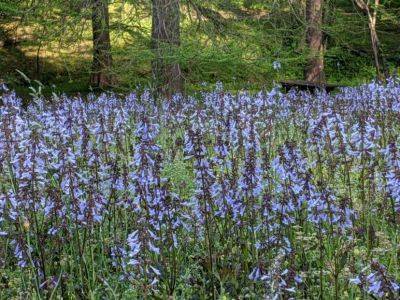
Lyreleaf Sage
It’s now late April, and I am enjoying these breath-taking vistas of Lyreleaf sage (Salvia lyrate) in the Arboretum of the South Carolina Botanical Garden (SCBG). This native perennial has put on an excellent show for the past week. Since sources claim this is a long-flowering plant, we should get even more pleasure from them for up to a month or more. Lyreleaf sage has light blue to dark purple tubular flowers arranged in whorls around a central stem. The square stem and two-lipped flowers reveal this as a member of the mint family. Still, unlike many mints, it is not particularly fragrant or tasty. Each plant has a basal rosette of leaves; each leaf is deeply lobed and can be deep green or tinged with purple.
